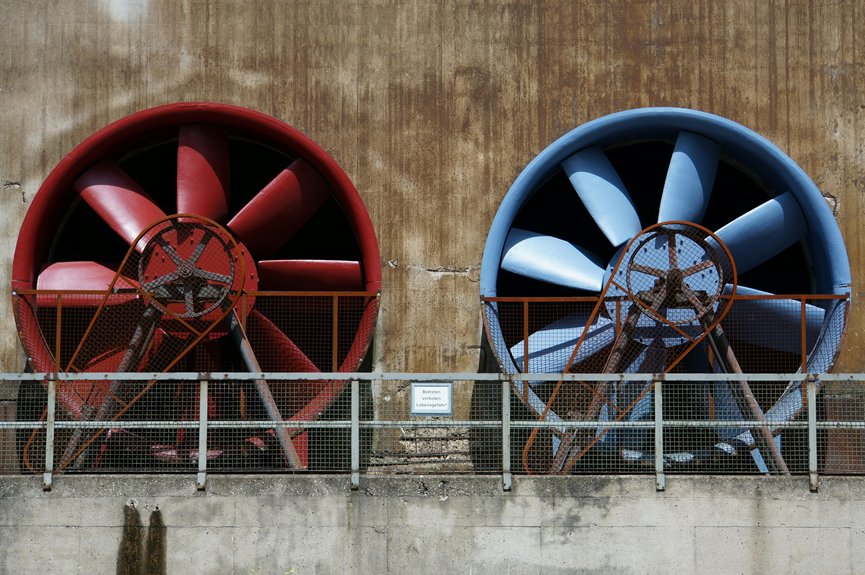
When it comes to using white noise machines for your baby or child, you might have mixed feelings about their safety. While these devices can create a soothing sleep environment, there are important guidelines to follow to ensure your child’s well-being. It’s crucial to consider both the benefits and potential risks before making a decision. So, what should you know to keep your little one safe while enjoying the calming effects of white noise?
Understanding White Noise Machines
When you’re trying to soothe your baby or help your child sleep, understanding white noise machines can make a real difference.
These devices create a consistent sound that masks other noises, helping to create a calming environment. You’ll find various types, from simple sound machines to smartphone apps. Most white noise machines offer different sound options, like rain or ocean waves, so you can find what works best for your child.
It’s important to position the machine at a safe distance from the crib or bed to prevent potential hearing damage. Additionally, consider the volume level; it should be loud enough to drown out disturbances but not so loud that it becomes overwhelming.
This balance is key for effective use.
Benefits of White Noise for Sleep
White noise machines offer several benefits that can significantly improve sleep quality for babies and kids. They create a consistent sound environment, which helps mask sudden noises that might wake your little one.
By providing a calming backdrop, white noise can make it easier for them to fall asleep and stay asleep longer. You’ll find that the gentle hum can promote relaxation, making bedtime routines more peaceful.
Additionally, white noise can help reduce anxiety, creating a more soothing atmosphere for sleep. As your child grows, they may associate this sound with comfort and rest, making it easier for them to settle down at night.
Potential Risks and Safety Concerns
While white noise machines can provide comforting sounds for sleep, it’s essential to be aware of potential risks and safety concerns. One major issue is the volume level; if it’s too loud, it could damage your baby’s sensitive hearing. Experts recommend keeping the volume below 50 decibels, similar to a quiet conversation.
Another concern is the machine’s placement; make sure it’s at least 7 feet away from your child’s crib to minimize any risk of dependency or over-reliance. Additionally, prolonged use might interfere with your child’s natural sleep patterns.
Lastly, consider the quality of the machine; poor-quality devices may emit harmful sounds or frequencies. Always prioritize your child’s safety and well-being when using these devices.
Expert Recommendations and Alternatives
Considering the potential risks associated with white noise machines, you’ll want to be informed about expert recommendations and viable alternatives that can help your child sleep soundly.
Pediatricians often advise keeping the volume below 50 decibels and placing the device at least seven feet away from your child’s crib. Instead of relying solely on machines, consider natural sounds or gentle lullabies played at a lower volume.
You might also use a fan or air purifier for consistent background noise. Establishing a calming bedtime routine can further enhance your child’s sleep environment.
Conclusion
In conclusion, white noise machines can be safe for your baby or child if you use them properly. Keeping the volume below 50 decibels and placing the device at least seven feet away from the crib or bed are crucial steps. Don’t forget to explore alternatives like natural sounds or lullabies to enhance your child’s sleep environment. Prioritizing comfort and safety ensures your little one gets the restful sleep they need to thrive.
White Noise & Sound Machiness














